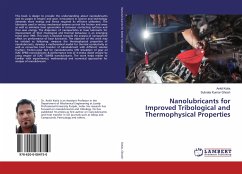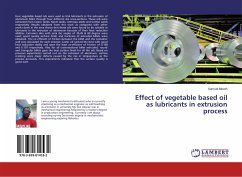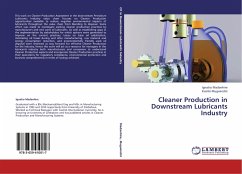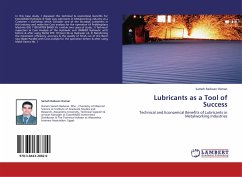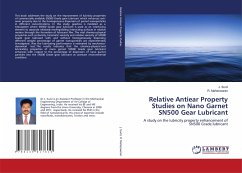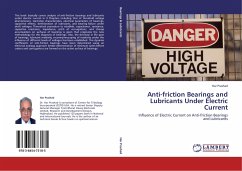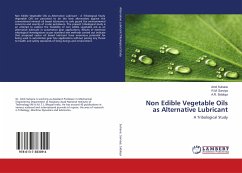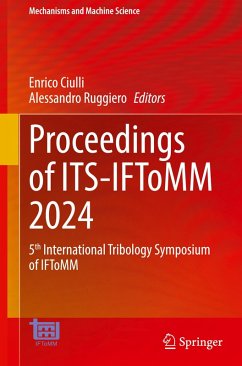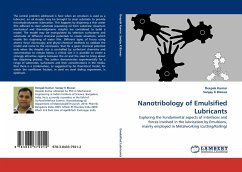
Nanotribology of Emulsified Lubricants
Exploring the Fundamental aspects of interfaces and forces involved in the lubrication by Emulsions, mainly employed in Metalworking (cutting/Rolling)
Versandkostenfrei!
Versandfertig in 6-10 Tagen
52,99 €
inkl. MwSt.

PAYBACK Punkte
26 °P sammeln!
The central problem addressed is how when an emulsion is used as a lubricant, an oil droplet may be brought to steel substrate to provide microhydrodynamic lubrication. This happens by disjoining a thin water film adhered to steel substrate separating oil from substrate. Quantum mechanical and thermodynamic insights are considered to build a model. The model may be manipulated by selection surfactants and substrates of different chemical potentials to create situations, which enable the disjoining of water film. Different types of forces using atomic force microscopy and physic-chemical method...
The central problem addressed is how when an emulsion is used as a lubricant, an oil droplet may be brought to steel substrate to provide microhydrodynamic lubrication. This happens by disjoining a thin water film adhered to steel substrate separating oil from substrate. Quantum mechanical and thermodynamic insights are considered to build a model. The model may be manipulated by selection surfactants and substrates of different chemical potentials to create situations, which enable the disjoining of water film. Different types of forces using atomic force microscopy and physic-chemical methods to validate the model and come to the conclusion, that for a given chemical potential only when the droplet size is controlled by surfactant chemistry and concentration to remain below a critical size it is possible to create a strongly attractive regime between the oil and the steel to bring about the disjoining process. The author demonstrates experimentally for a range of substrates, surfactants and their concentrations in the media, that there is a combination, as suggested by his theoretical model, for which the coefficient friction, in steel on steel sliding experiment, is optimum.




